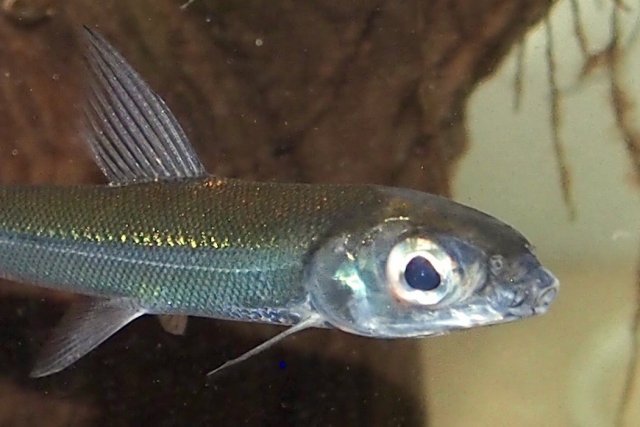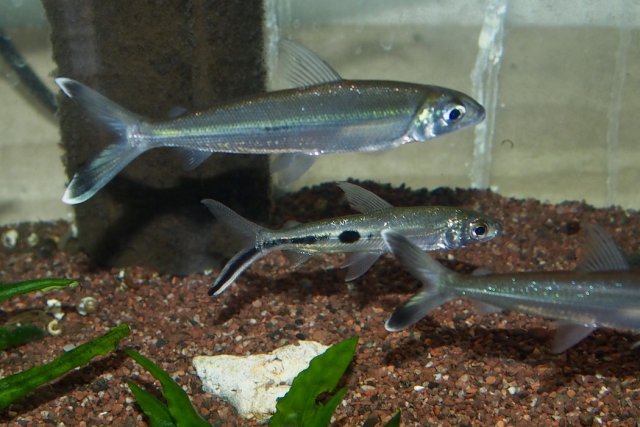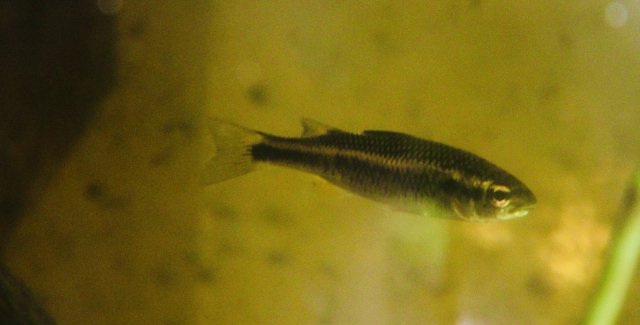
Jesus Christ fashioned a fish and placed him in the streams which flow out of the Morichales of Venezuela. This thread is to share this fish with others because it is quite unique among the fish I’ve kept in my lifetime.
.
God first allowed one to come to me a quarter century ago. I was at an LFS to buy Hemiodus tetras and with them was a lone contaminant. I told John to bag him up also. He lived his several years in a 75 gallon with the school of Hemiodus, a Turushuki cat, and a pair of Crenicichla compressiceps. I really enjoyed the dichotomy of that display.
.
Decades later I finally discovered the name of that fish! Ivan Mikolji has created a niche for himself photographing and educating about underwater environments. He has spent much time in the Orinoco River and has published a book which I recommend, “Fishes of the Orinoco in the Wild”. On page 168 is Argonectes longiceps.
.
Two months ago, on October 11th, I received eight of these fish. They were thin and wearied from their journeys but otherwise healthy.










